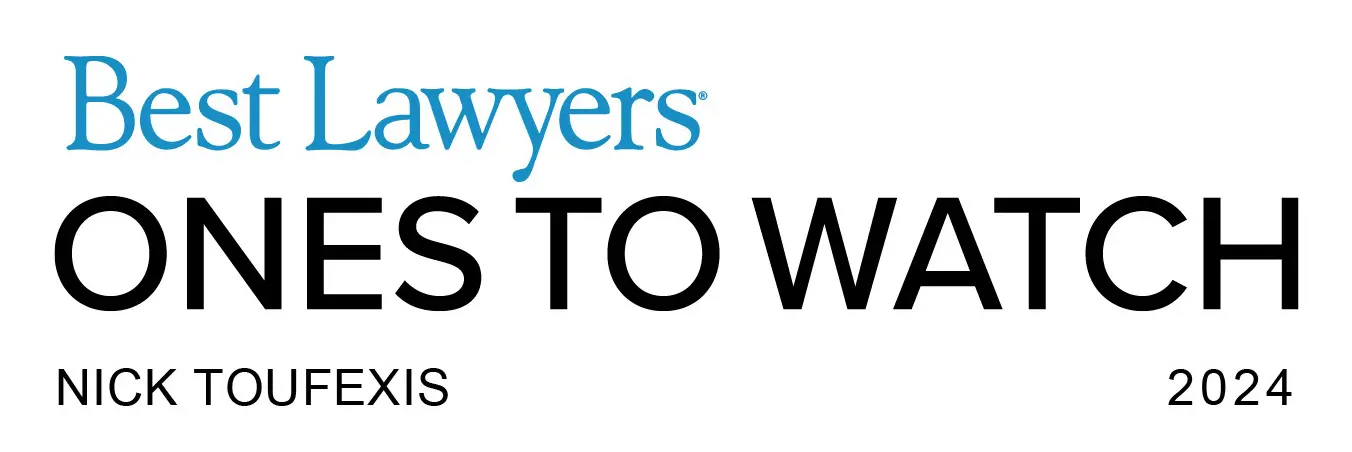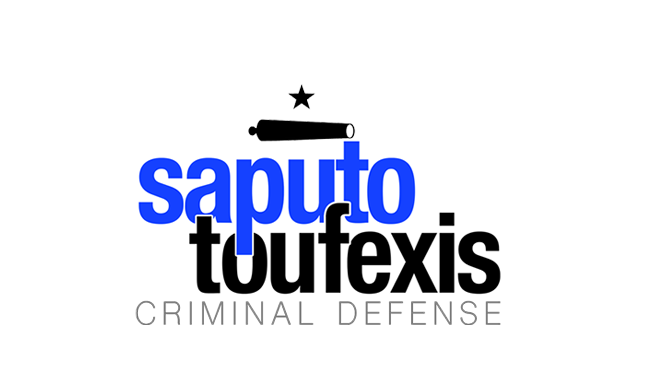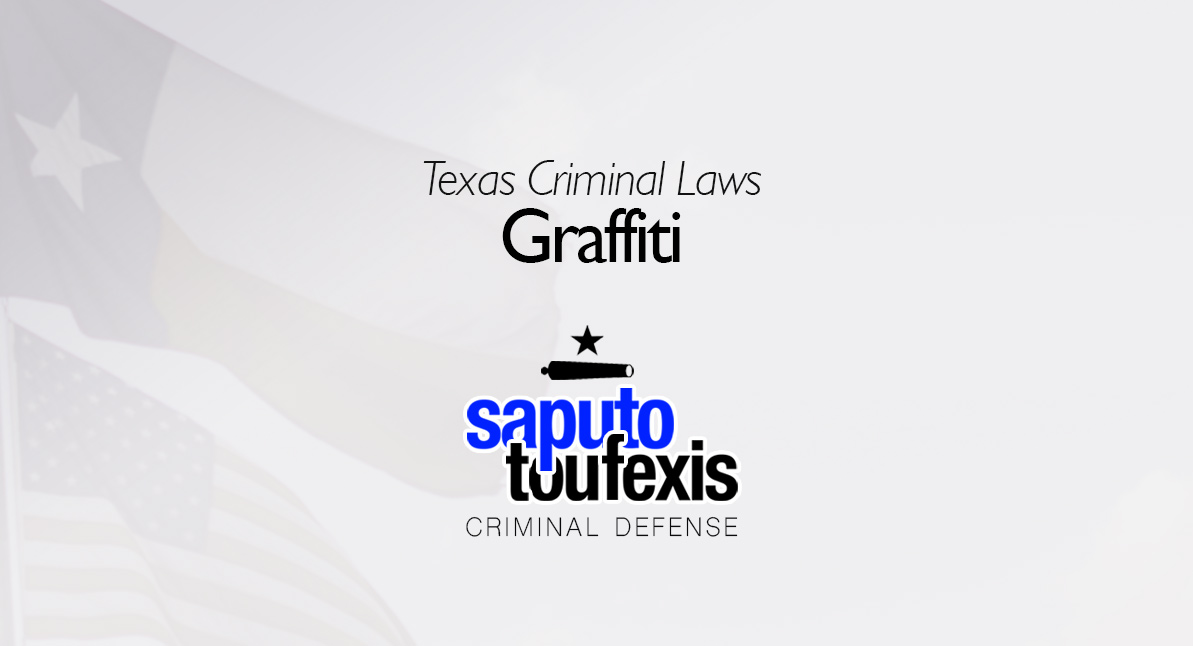Texas law defines a criminal offense called Graffiti as intentionally or knowingly making “markings” on property that belongs to someone else without their “effective consent.”
FAQs about the
Graffiti law in Texas
- What is the current Texas law about Graffiti?
- What kinds of tools fall under the category of paint, indelible marker, or engraving device?
- What exactly is Tangible Property?
- I thought I had permission, or I am unsure what effective consent means.
- What is pecuniary loss and how is that determined?
- What is the statute of limitation for Graffiti in Texas?
- What is the penalty for a Texas Graffiti offense?
- Can you get probation for Graffiti in Texas?
- What level of crime is Graffiti in Texas?
Prosecuting attorneys typically charge someone with Graffiti after a property owner notifies law enforcement that someone “tagged” their property. Sometimes surveillance footage is used in an attempt to identify the accused, and sometimes the accused person is allegedly “caught in the act.” In many ways, the Graffiti offense is similar to the crime of Criminal Mischief, and a person might be charged with both offenses.
Have you been charged with Graffiti? Contact us today to discuss legal representation.
or Text or Call (888) 239-9305
The punishment levels for Graffiti crimes are classified into different grades depending on the value of the damaged property. The value-based punishment scheme is similar to the Texas offense of Theft.
The Penal Code classifies the Texas Graffiti law under Title 7 “Offenses Against Property,” Chapter 28 “Arson, Criminal Mischief, and Other Property Damage or Destruction.” Crimes under this chapter cover a wide range of offenses that focus on actions taken against property belong to other people. These offenses include both destructive actions and aesthetic changes. Learn more about the Texas offense of Graffiti below.
What is the current Texas law about Graffiti?
Texas law currently defines the offense of Graffiti in Penal Code Section §28.08 as follows:[1]
(a) A person commits an offense if, without the effective consent of the owner, the person intentionally or knowingly makes markings, including inscriptions, slogans, drawings, or paintings, on the tangible property of the owner with:
(1) paint;
(2) an indelible marker; or
(3) an etching or engraving device.
This very brief definition can cover a wide variety of situations. Spray painting is the most common kind of graffiti, but carving words onto a wall with a key, or even drawing a mustache on a political poster could qualify as Graffiti under this statute. The definition is deliberately vague and allows prosecutors a great deal of discretion in bringing a charge against an individual under this section.
What kinds of tools fall under the category of paint, indelible marker, or engraving device?
Paint is undefined in the statute. Indelible marker is defined as “a device that makes a mark with a paint or ink product that is specifically formulated to be more difficult to erase, wash out, or remove than ordinary paint or ink products”;[2] this might include permanent markers, pens, and other similar instruments. Etching or engraving device is defined as “a device that makes a delineation or impression on tangible property, regardless of the manufacturer’s intended use for that device”.[3]
What exactly is Tangible Property?
Tangible property means anything that you can physically touch or interact with. For example, a sign is a physical object and would be considered tangible property. The words on the sign, specifically the ideas behind them, are not physical. If you were to post your own sign with the same words, but with a giant X through them, you’re not tampering with the physical nature of the property, just the idea behind it. Ideas, thoughts, or slogans are not physical objects and are not covered under this statute.
I thought I had permission, or I am unsure what effective consent means.
The statute requires that a person make the markings without the consent (permission) of the property owner. That would mean that if you were given consent (permission) by the property owner, then you would not be guilty of this charge.
Effective consent means that you were either directly informed (either verbally or in writing) or implicitly given permission (meaning the actions of the property owner led you to believe you had consent). For example, if a property owner handed you a bucket of paint and said “take care of the house,” you would be reasonably led to believe you had his consent to paint the house, just as if he gave you the paint and had said “paint my house”.
What is pecuniary loss and how is that determined?
Pecuniary loss is defined in Section 28.06 of the Penal Code. Pecuniary loss is defined in two ways:
The amount of pecuniary loss under this chapter, if the property is destroyed, is:
(1) the fair market value of the property at the time and place of the destruction; or
(2) if the fair market value of the property cannot be ascertained, the cost of replacing the property within a reasonable time after the destruction.
(b) The amount of pecuniary loss under this chapter, if the property is damaged, is the cost of repairing or restoring the damaged property within a reasonable time after the damage occurred.
This means that if the graffiti damages the property in such a way that the property is destroyed, then the pecuniary loss is whatever the value of the property is, as determined by looking at similar pieces of property (this is what is called ‘fair market value’). If the property is only damaged (and can be repaired), the pecuniary loss is whatever the cost of the repairs or restoration is (and this includes the cost of any replacement items plus the cost of labor).
What is the statute of limitation for Graffiti in Texas?
Misdemeanor level Graffiti charges have a two-year limitations period.[4] Felony level offenses have a three-year limitations period.[5]
What is the penalty for a Texas Graffiti offense?
Graffiti carries a wide range of punishments depending on the ‘pecuniary loss’ caused by the graffiti. Pecuniary loss is defined in more detail below, but in short it refers to the financial loss caused by the actions of someone else. Under Penal Code Section 28.08(b), a Graffiti conviction is a:
(1) a Class B misdemeanor if the amount of pecuniary loss is less than $500;
(2) a Class A misdemeanor if the amount of pecuniary loss is $500 or more but less than $1,500;
(3) a state jail felony if the amount of pecuniary loss is $1,500 or more but less than $20,000;
(4) a felony of the third degree if the amount of pecuniary loss is $20,000 or more but less than $100,000;
(5) a felony of the second degree if the amount of pecuniary loss is $100,000 or more but less than $200,000; or
(6) a felony of the first degree if the amount of pecuniary loss is $200,000 or more.
The type of property that is marked with graffiti is very important in determining the possible punishment. Spray painting a political poster that costs $5 to replace will be a class B misdemeanor, while engraving a sophisticated piece of technology that cost $50,000 to replace would carry the penalty for a third degree felony.
Additionally, the crime automatically becomes a State Jail Felony if it is done upon a “school, an institution of higher education, a place of worship or human burial, a public monument, or a community center that provides medical, social, or educational programs” and causes less than $20,000 in pecuniary loss.[6] That means that even painting on a wall that only costs $200 to repair, if done at a school automatically is elevated from a Class B Misdemeanor to a State Jail Felony.
Effective February 4, 2024, any violation of this offense punishable as a misdemeanor or state jail felony can be enhanced to a third degree felony if the state can prove you committed the offense in the course of committing a Smuggling of Persons offense. [7]
Can you get probation for Graffiti in Texas?
The Texas Code of Criminal Procedure allows both judges and juries to grant probation for Graffiti, and judges are also allowed to accept deferred adjudication plea deals.[8]
Note, however, that no matter the offense, neither judges nor juries may recommend community supervision for any suspended sentence of over 10 years.[9] Also, judges may not grant community supervision after a conviction if (1) the defendant used or exhibited a deadly weapon during the commission of the felony or immediate flight thereafter and (2) the defendant used or exhibited the deadly weapon himself or was a party to the offense and knew that a deadly weapon would be used or exhibited.[10]
What level of crime is Graffiti in Texas?
The Penal Code classification of the punishment for Graffiti ranges from a Class C misdemeanor to a first degree felony, depending on the circumstances.
Learn more about the penalty range for this offense in the section above.
Legal References:
^1. Texas Penal Code §28.08. This law is current as of 2024.^2. Texas Penal Code §28.08(e)(3)^3. Texas Penal Code §28.08(e)(2)^4. Code of Criminal Procedure 12.02(a)^5. See Code of Criminal Procedure 12.01(9)^6. Texas Penal Code §28.08(d)^7. Texas Penal Code §28.10, as enacted by SB 4, 88th Texas Legislature (SS3), Section 7^8. See Chapter 42, Texas Code of Criminal Procedure, Art. 42A.054, Art. 42A.056, Art. 42A.102^9. Art. 42A.053(c), Texas Code of Criminal Procedure^10. Art. 42A.054(b), Texas Code of Criminal Procedure










